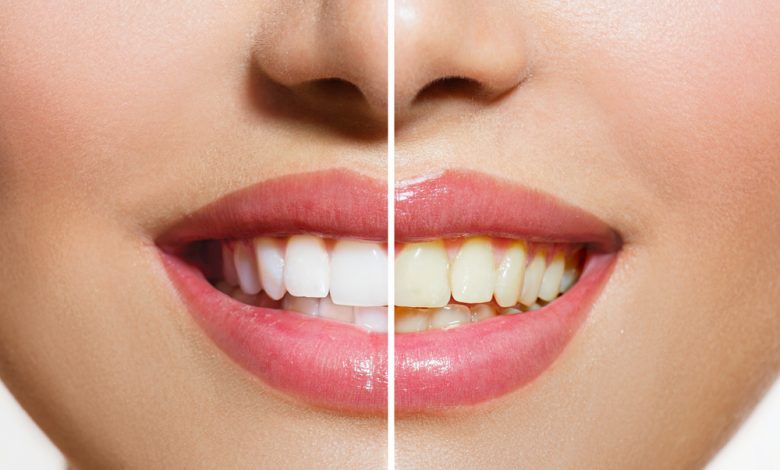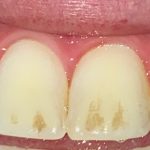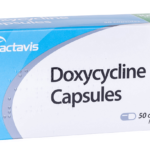Can Doxycycline Stain Teeth In Adults?

Many prescription medications can affect the teeth and gums. Healthy teeth and gums depend on good oral hygiene, a diet low in added sugar, healthy saliva, and visits to the dentist every 6 to 12 months.
It is important that you tell your dentist about any medications you are taking. They can tell you if the medication is likely to affect your teeth and what you can do to help prevent dental issues. Dentists also consider your medications when deciding on the best treatment options for your dental care.
A child’s permanent teeth start to form in the jawbones soon after birth. These developing teeth are also vulnerable to certain medications.
What is doxycycline?
Doxycycline is a medication used to treat infections caused by bacteria, including pneumonia and other respiratory tract infections; certain infections of the skin or eye; infections of the lymphatic, intestinal, genital, and urinary systems; and certain other infections that are spread by ticks, lice, mites, infected animals, or contaminated food and water. It is also used along with other medications to treat acne. Doxycycline is also used to treat or prevent anthrax (a serious infection that may be spread on purpose as part of a bioterror attack), in people who may have been exposed to anthrax in the air, and to treat plague and tuleramia (serious infections that may be spread on purpose as part of a bioterror attack). It is also used to prevent malaria. Doxycycline can also be used in people who cannot be treated with penicillin to treat certain types of food poisoning.
Doxycycline (Oracea) is used only to treat pimples and bumps caused by rosacea (a skin disease that causes redness, flushing, and pimples on the face). Doxycycline is in a class of medications called tetracycline antibiotics. It works to treat infections by preventing the growth and spread of bacteria. It works to treat acne by killing the bacteria that infects pores and decreasing a certain natural oily substance that causes acne. It works to treat rosacea by decreasing the inflammation that causes this condition.
Can doxycycline stain teeth in adults?
Yes, studies have shown that doxycycline can stain permanent teeth in adults. Doxycycline may cause permanent discoloration of the teeth and slow down the growth of bones. This medicine should not be given to children 8 years of age and younger (except for the treatment of exposure to inhalational anthrax or rickettsia infection) unless directed by the child’s doctor.
Despite the current label warning, it is important for healthcare providers to know that doxycycline has not been shown to cause tooth staining in the dose and duration used to treat rickettsial diseases. Early administration of doxycycline in adults and children can prevent severe illness and save lives.
How common is tooth discoloration with doxycycline?
There is a scarcity of data on the prevalence of temporary or permanent tooth staining doxycycline. But observations indicate that the incidence of staining of the permanent dentition, as a complication of doxycycline, may be much higher than the literature indicates, especially if treatment is administered during the summer months.
Is doxycycline teeth staining reversible?
Yes, doxycycline teeth staining is reversible and does not require termination of doxycycline therapy. In most cases, the staining completely resolved and the teeth recovered their original color after an abrasive dental cleaning. Strict avoidance of sunlight exposure during high-dose, long-term doxycycline therapy might prevent the development of doxycycline teeth yellowing and other complications.
How to remove doxycycline stains from teeth
Getting rid of doxycycline teeth side effects usually involves a dental procedure that leaves your tooth enamel glossy and smooth. This service is available at many dental offices, it’s a standard part of a routine cleaning appointment.
The process takes some simple steps enumerated below:
• Step 1: Your teeth are inspected for, doxycycline teeth side, decay, and weak spots in the enamel.
• Step 2: Plaque and tartar are scraped from the surface of your teeth in a process called scaling.
• Step 3: Your teeth are then buffed and polished to remove doxycycline staining before being flossed and topped with a protective coat of fluoride.
There are two primary ways that standard polishing can be done. The first is with a slow-speed dental drill and a rubber cup. The cup is dipped in a slightly abrasive polishing paste and used to clean and polish the teeth.”
Most dentists prefer to use a blasting type of device loaded with baking soda powder. This type of polishing is most effective at getting into the cracks and crevices in and between teeth. The baking soda is not abrasive and won’t wear away teeth enamel.





